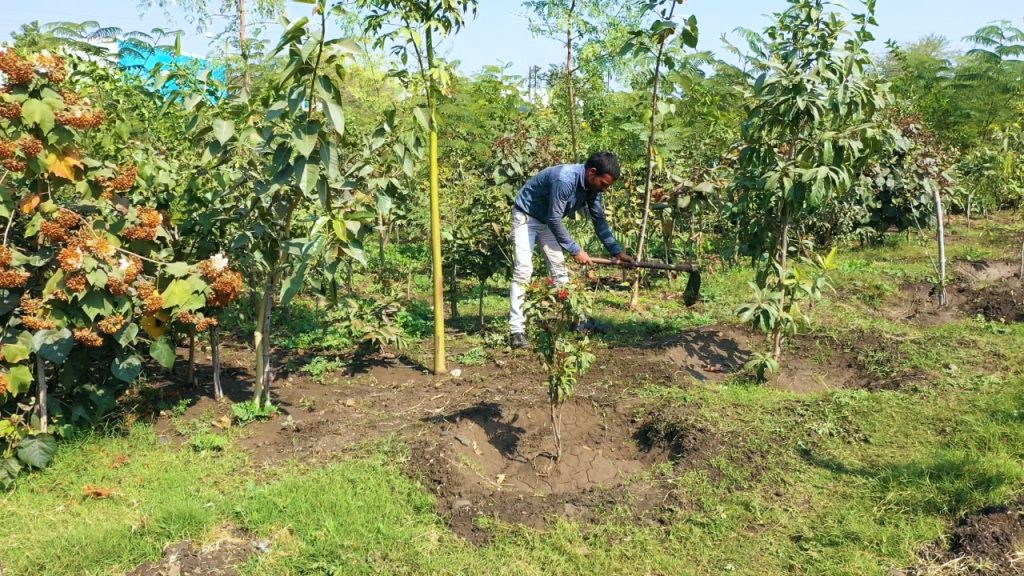Dr. Kiran Bisen, a former veterinarian turned 2009-batch Indian Forest Service officer of the Madhya Pradesh cadre, is no stranger to the realm of flora and fauna. Since she cleared UPSC immediately after graduation, she was unable to put her medical training to use after becoming a veterinarian. But these abilities came in handy during her first posting as an IFS officer in the Pench Tiger Reserve.
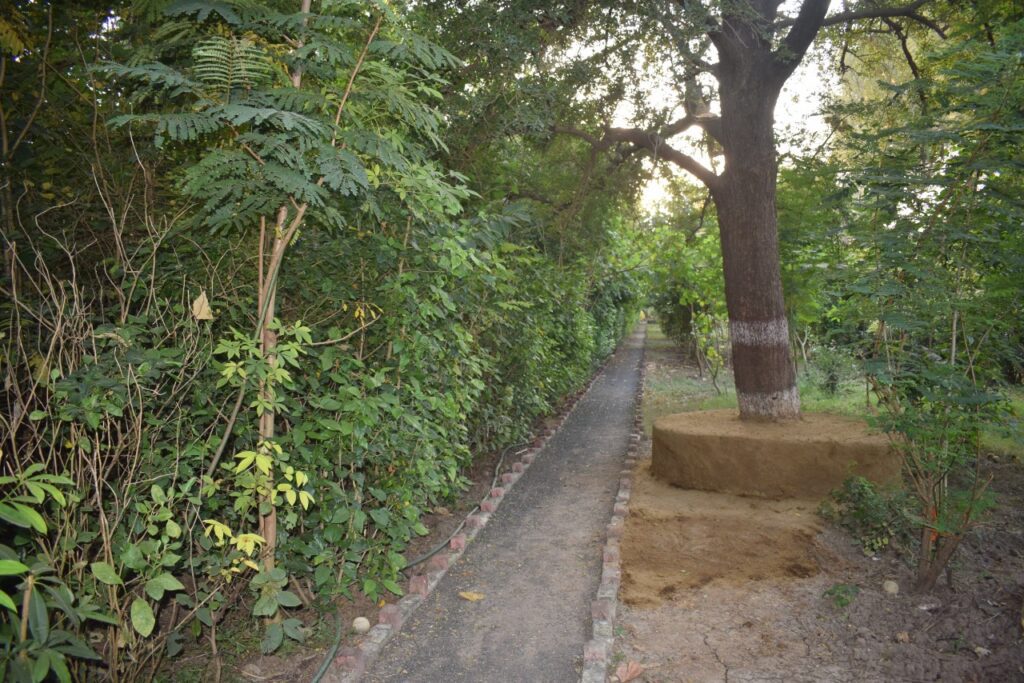
FIRST WOMAN OFFICER
Currently posted as the Divisional Forest Officer (DFO) in Ujjain, Dr. Bisen was the first ever lady officer to be appointed as the Deputy Director in Pench. She also got a Diploma in Wildlife Management from WII, Dehradun.
“I am utilizing my veterinary knowledge to run the park’s business,” Dr. Bisen shared in an exclusive conversation with Indian Masterminds.

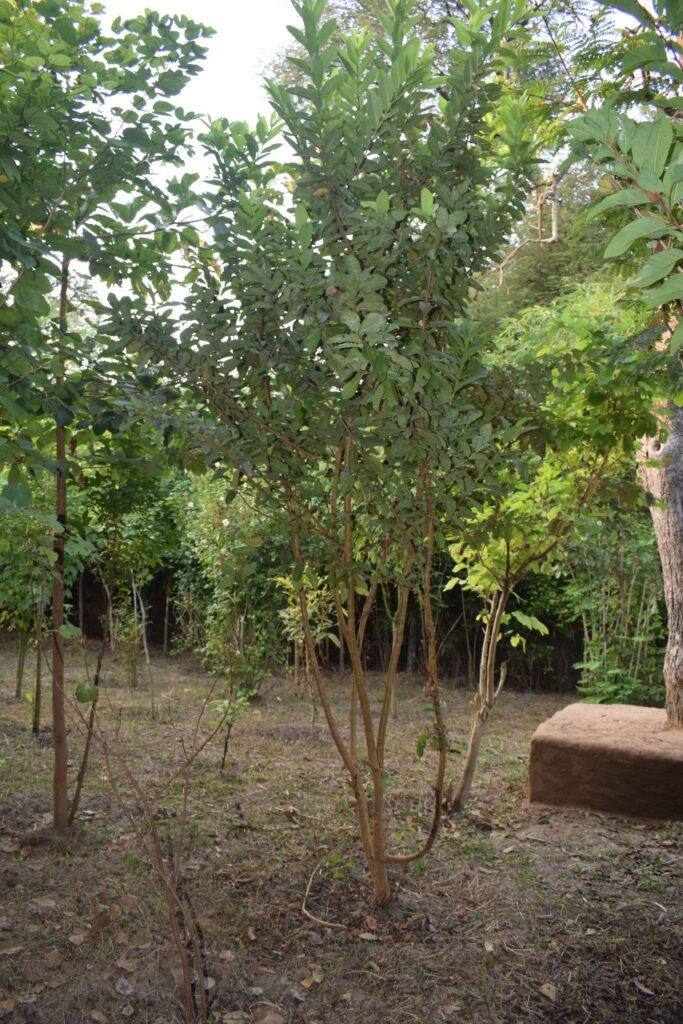
URBAN FORESTRY MODEL
Following her stint in Pench, she was assigned to Chhindwada, Indore, before moving to Ujjain. Dr Bisen enjoyed working in several densely forested areas in Pench and Chhindwada.
However, her subsequent postings in Ujjain and Indore required her to operate in areas that are devoid of forests. Ujjain has less than 1% forest cover of its geographical area.
“The population has grown by six lakhs in the last ten years, and the number of trees is dwindling, which is why I decided to implement an urban forestry model in the district,” Dr. Bisen explained.
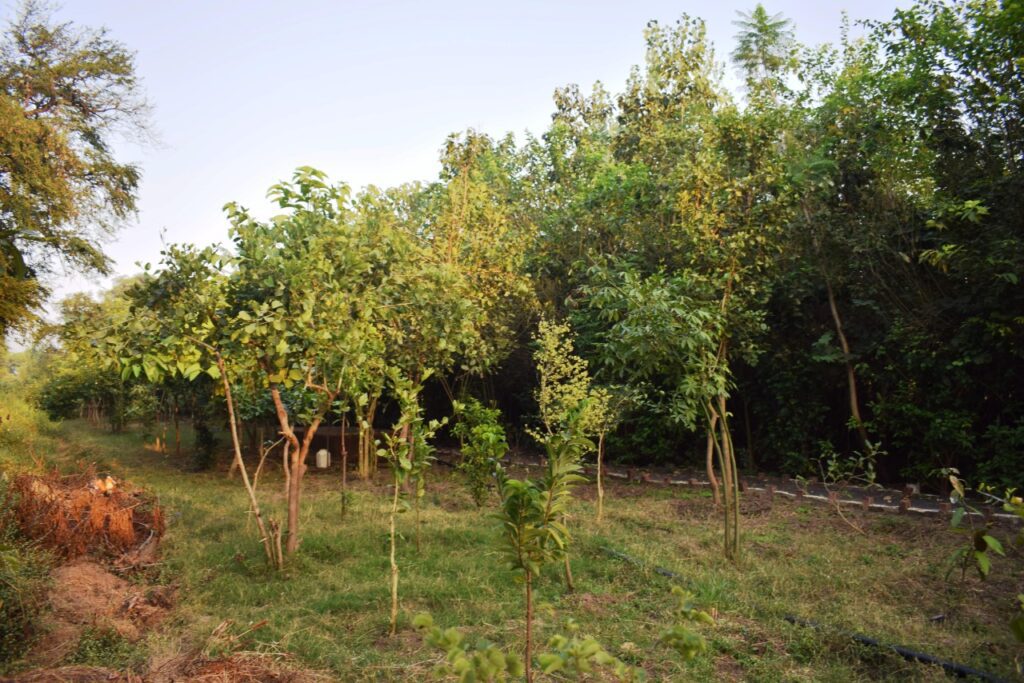
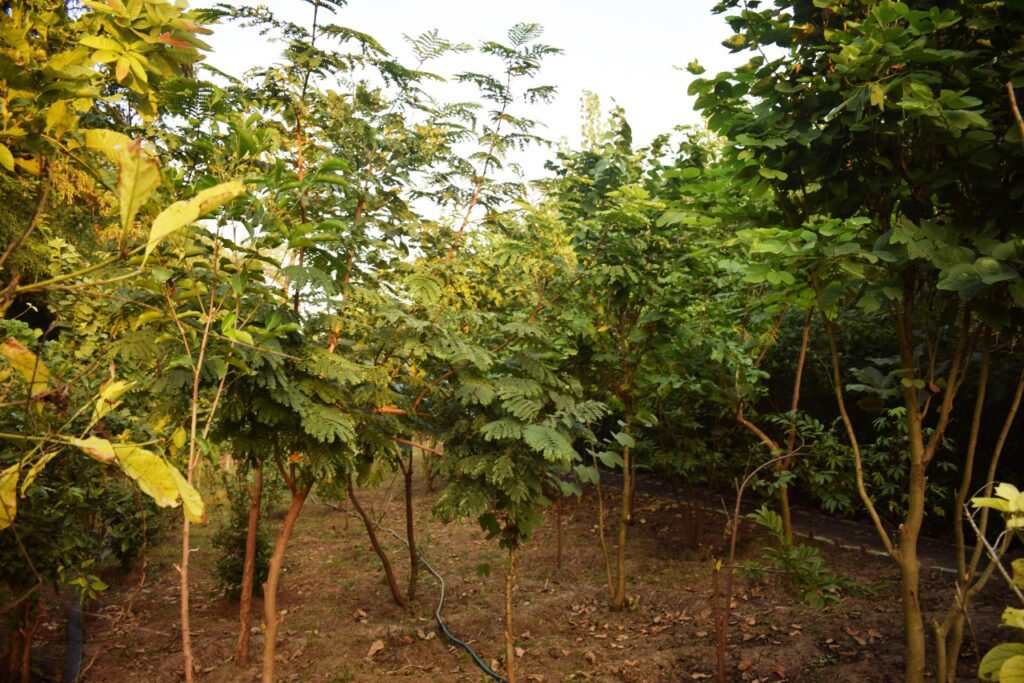
LARGE-SCALE PLANTATION
The officer used the Miyawaki plantation method to construct dense forests in the region, which is quicker and more efficient. The traditional plantation takes approximately 7–8 years to fully develop a forest.
Various native plant species are planted closely in the Miyawaki technique so that the greens receive sunlight only from the top and grow upwards rather than horizontally. She is working on extensive soil construction, bringing in suitable nutrients for the forests using various techniques.
“With the help of the administration, forest department, some NGOs and a few active volunteers from environment groups, we successfully introduced Urban forestry and biodiversity development in the district,” she said.
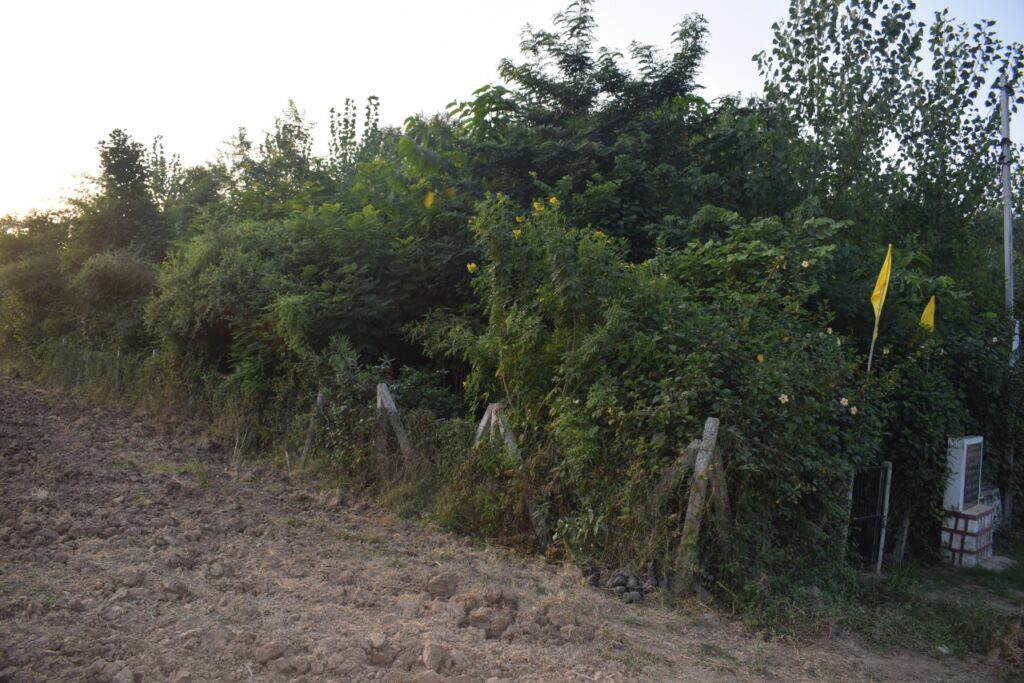
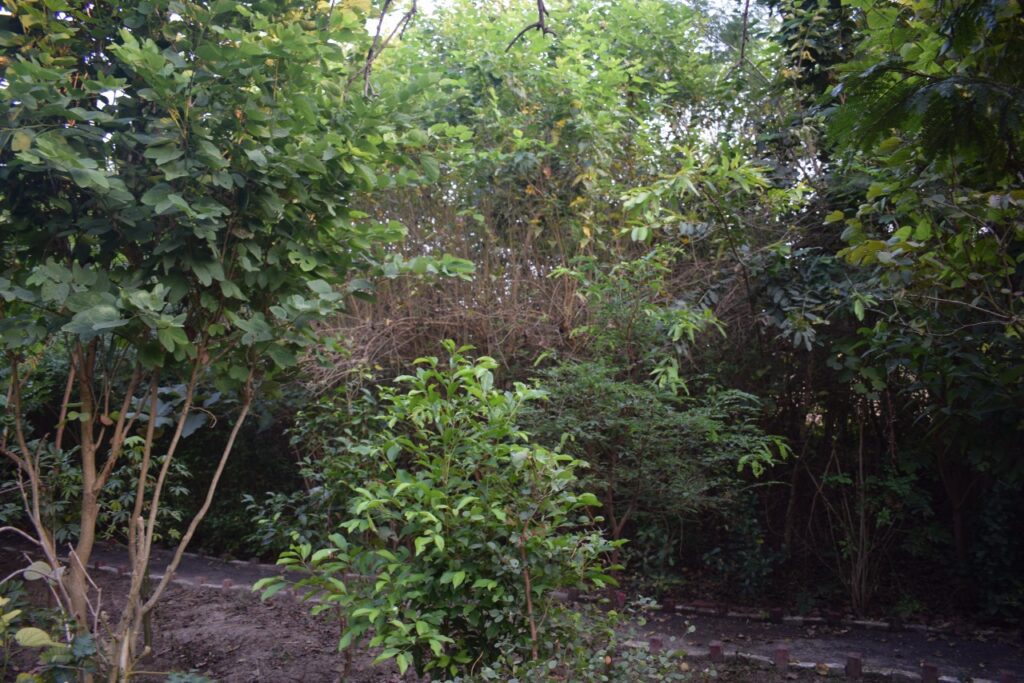
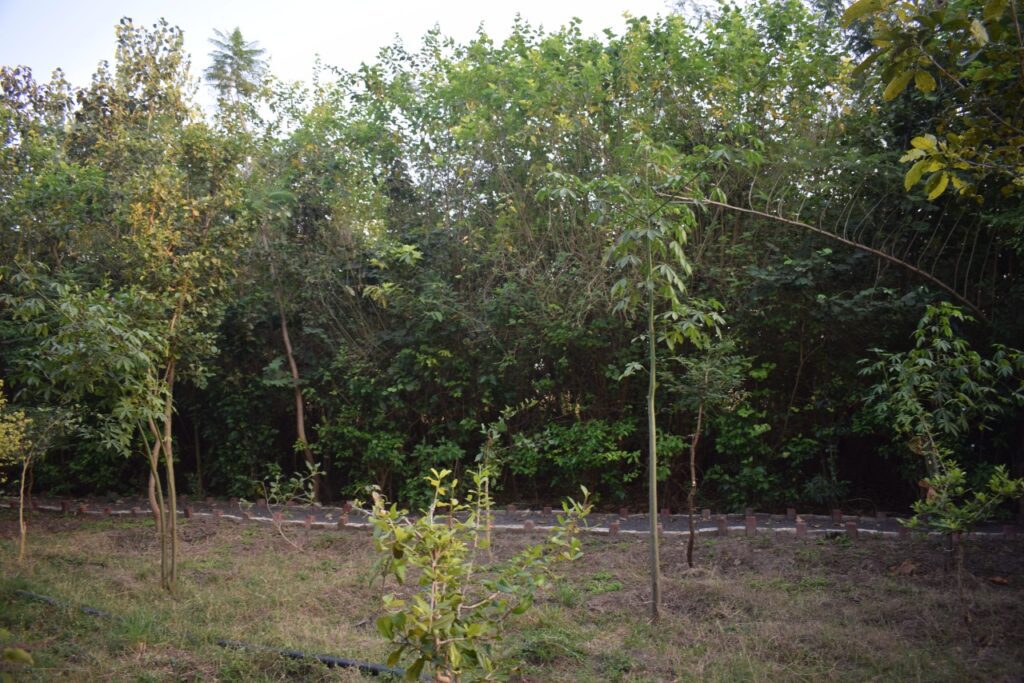
URBAN WASTE MANAGEMENT
Dr. Bisen is also working on urban waste management in the district. Using the Miyawaki approach, she revived a 0.5-hectare dumping ground, also known as trenching ground, converting it into a green belt.
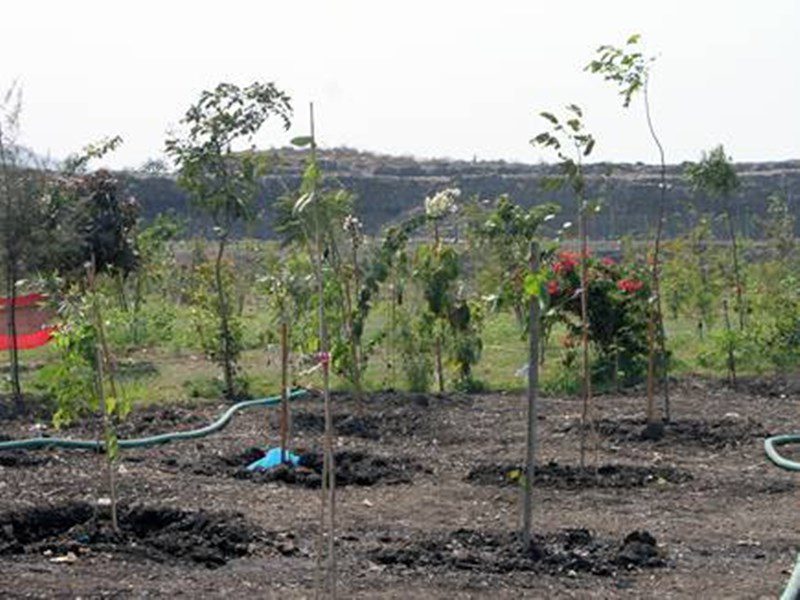

She is also constantly striving to rejuvenate the region’s Holy River Kshipra and prevent soil erosion along its banks. In order to do this, the officer and her team have planted around 3 lakh trees using seed balls along both banks of the river, thereby establishing a green corridor on both sides. They are also working to improve bird habitats in the neighbouring areas.

